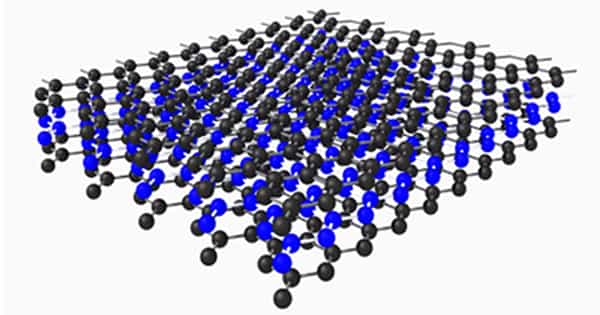Alsakharovite-Zn is an extremely rare alkaline strontium zinc titanium silicate mineral from the cyclosilicates class, with the formula written as NaSrKZn(Ti, Nb)4 (Si4 O12)2 (O, OH)4·7H2O, from alkaline pegmatites. It belongs to the labuntsovite group.
It was named for Aleksey S. Sakharov, a Russian geologist who worked on the Lovozero massif. Forms as rough, flattened crystals of white to a pale brown. Prismatic crystals form in hydrothermal deposits with natrolite and lamprophyllite at its type and the only locality at Lepkhe-Nel’m Mountain in the Lovozero massif on the Kola Peninsula of Russia.

General Information
- Formula: NaSrKZn (Ti, Nb)4 (Si4 O12)2 (O, OH)47H2O
- Specific Gravity: 2.9
- Crystal System: Monoclinic
- Member of: Gutkovaite Group.
Physical Properties of Alsakharovite-Zn
- Cleavage: None
- Color: White, Pale brown, Colorless.
- Density: 2.9
- Diaphaneity: Translucent to transparent
- Fracture: Brittle – Uneven – Very brittle fracture producing uneven fragments.
- Habit: Prismatic – Crystals Shaped like Slender Prisms (e.g. tourmaline).
- Habit: Tabular – Form dimensions are thin in one direction.
- Hardness: 5 – Apatite
- Luster: Vitreous (Glassy)
Chemical Properties
Pure ZnO is a white powder, but in nature, it occurs as the rare mineral zincite, which usually contains manganese and other impurities that confer a yellow to red color.
Crystalline zinc oxide is thermochromic, changing from white to yellow when heated in air and reverting to white on cooling. This color change is caused by a small loss of oxygen to the environment at high temperatures to form the non-stoichiometric ZnO, where at 800°C, x = 0.00007.
Information Source:
















